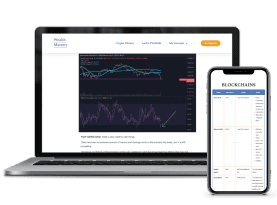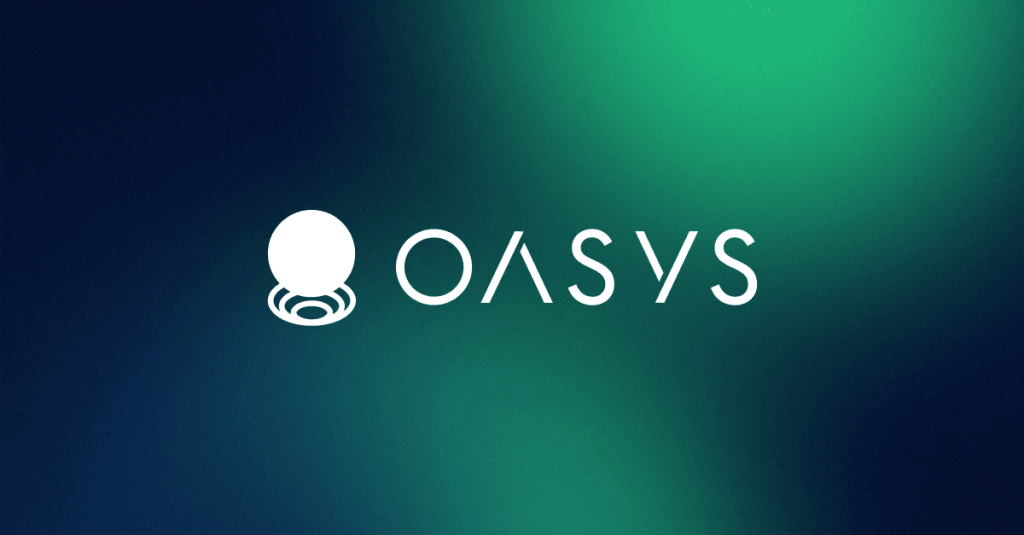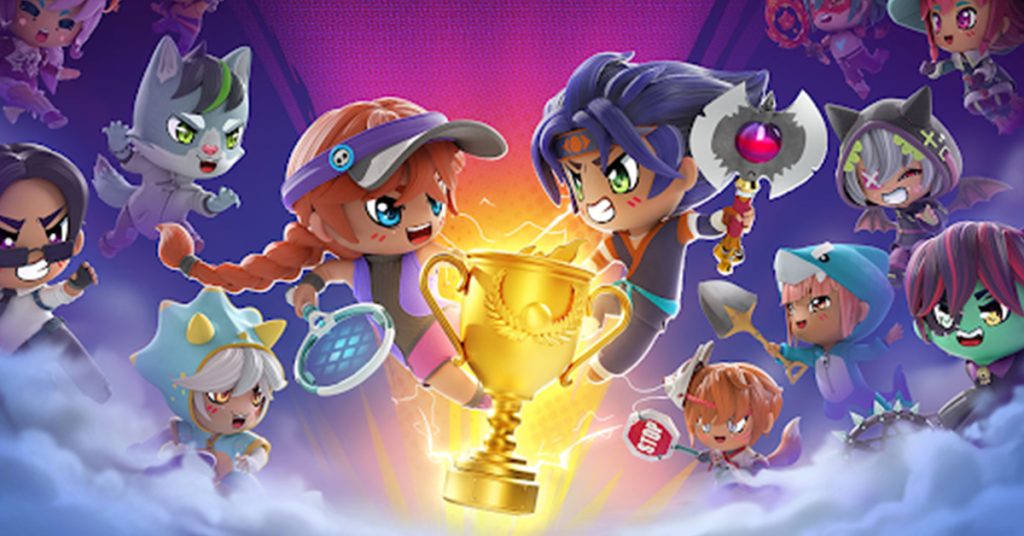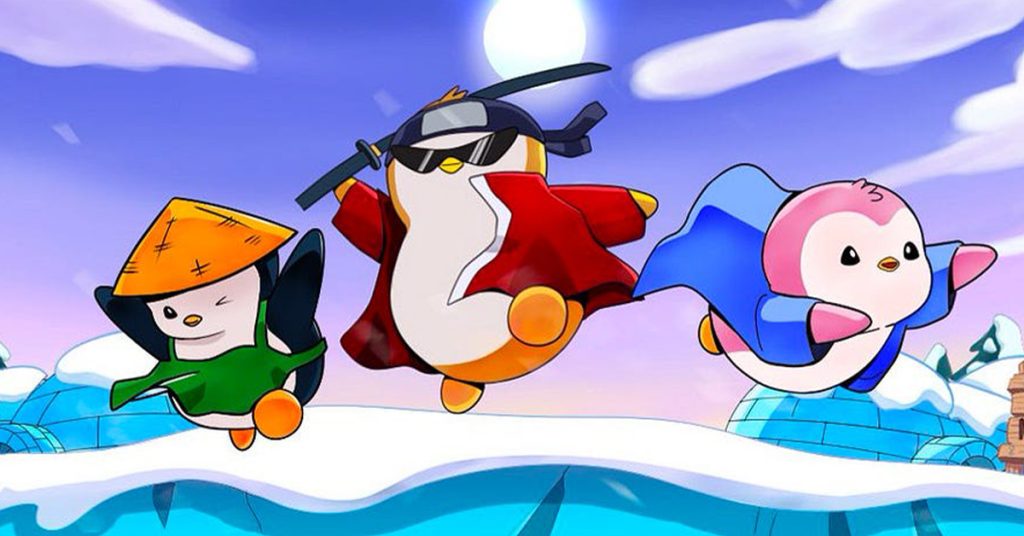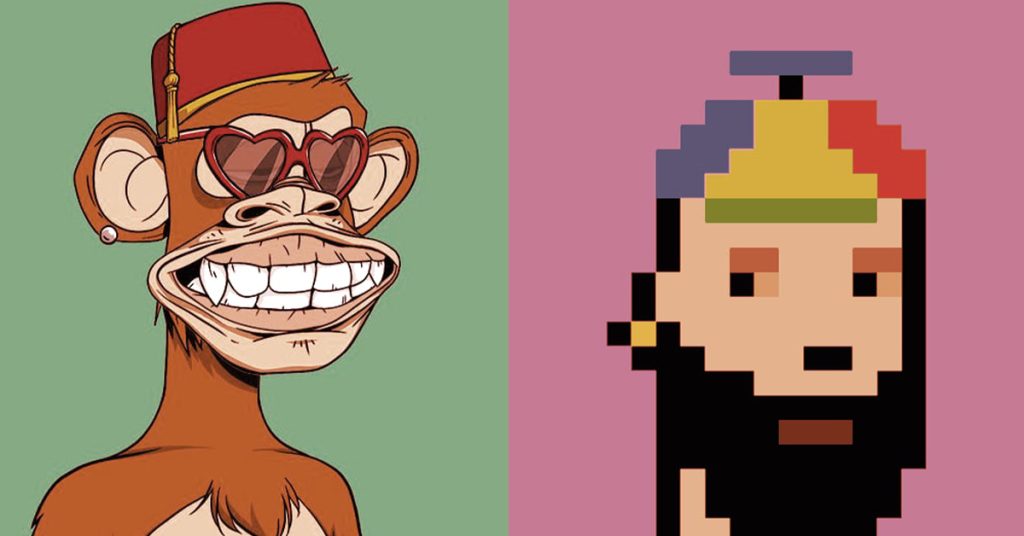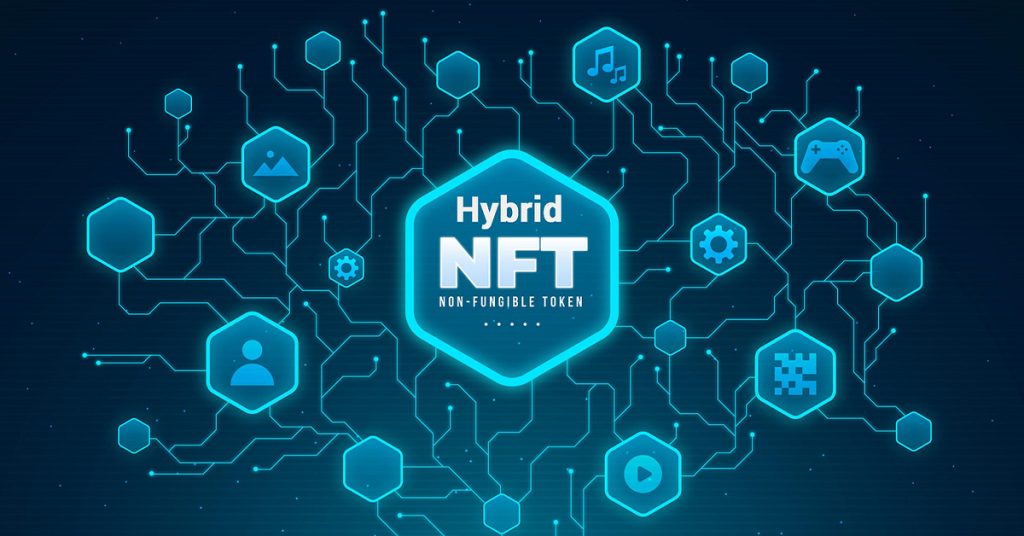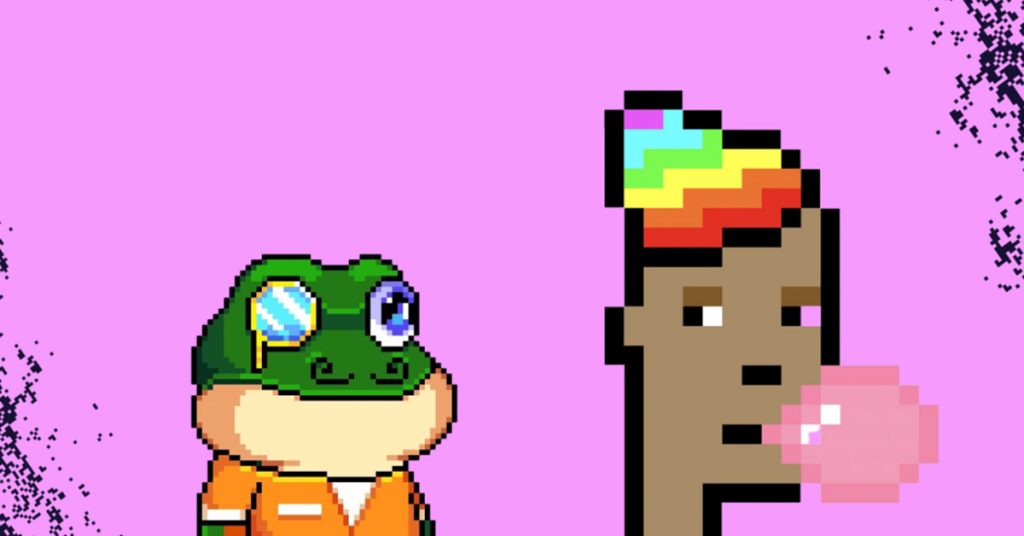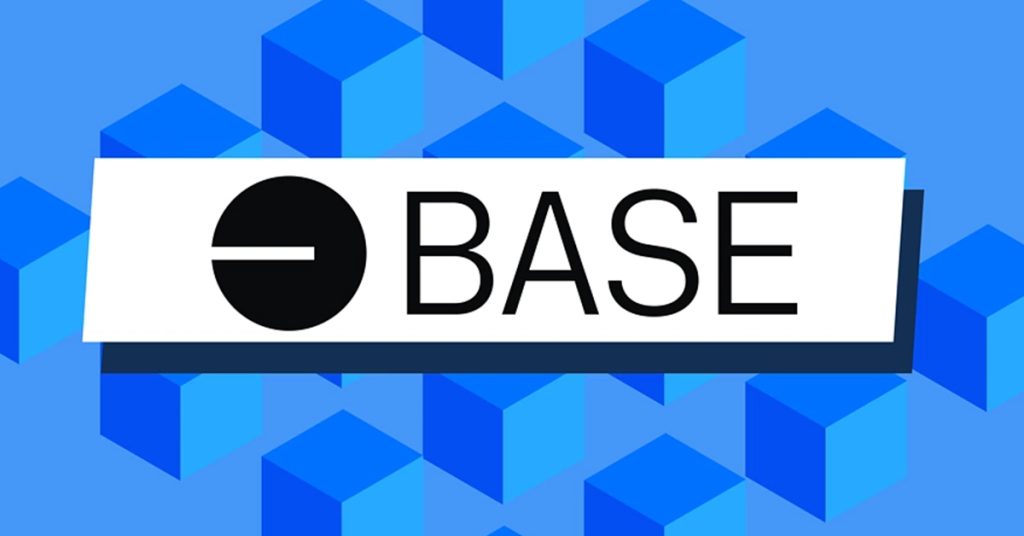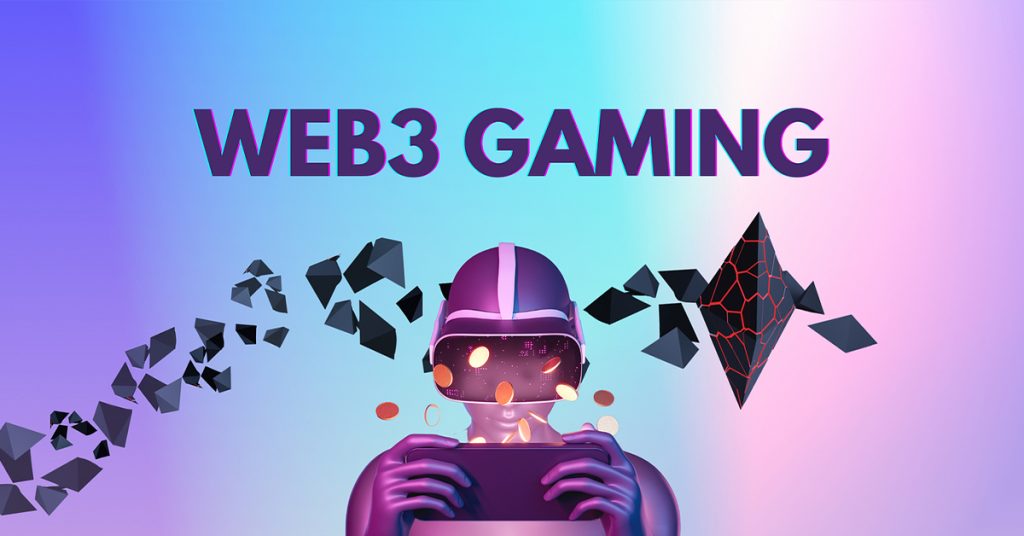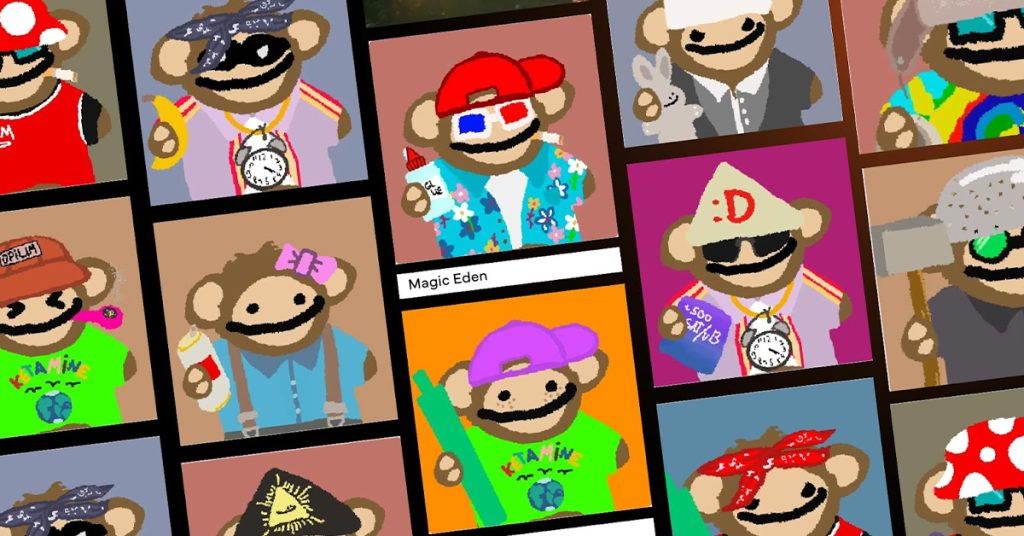What Is Renga?
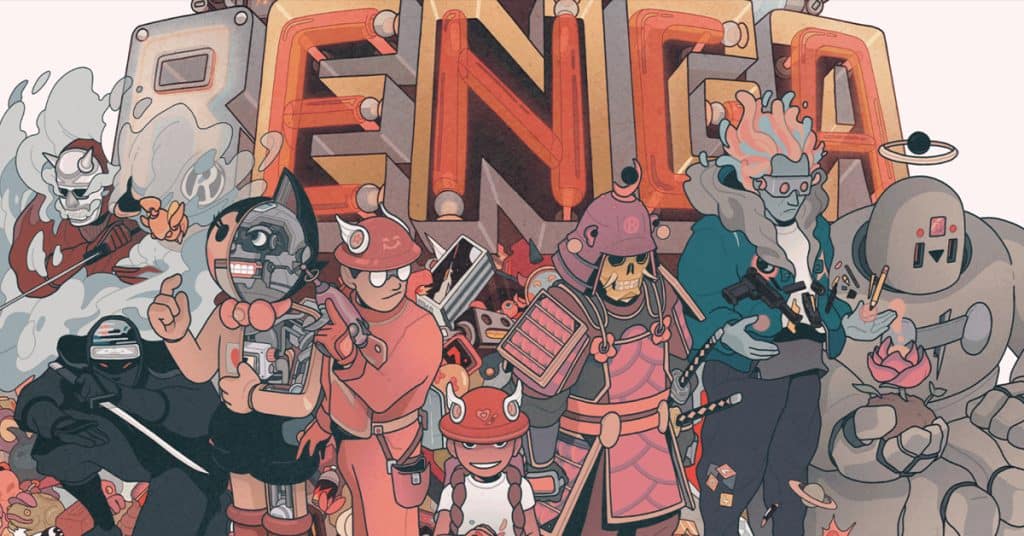
With the sheer number of PFP collections around, it’s difficult for a new launch to stand out, but last year, Renga managed that task. And while hype around the project has been relatively quiet recently, it has an active community, remains collectible, and appears to have plans in the pipeline.
What Are Renga PFPs?
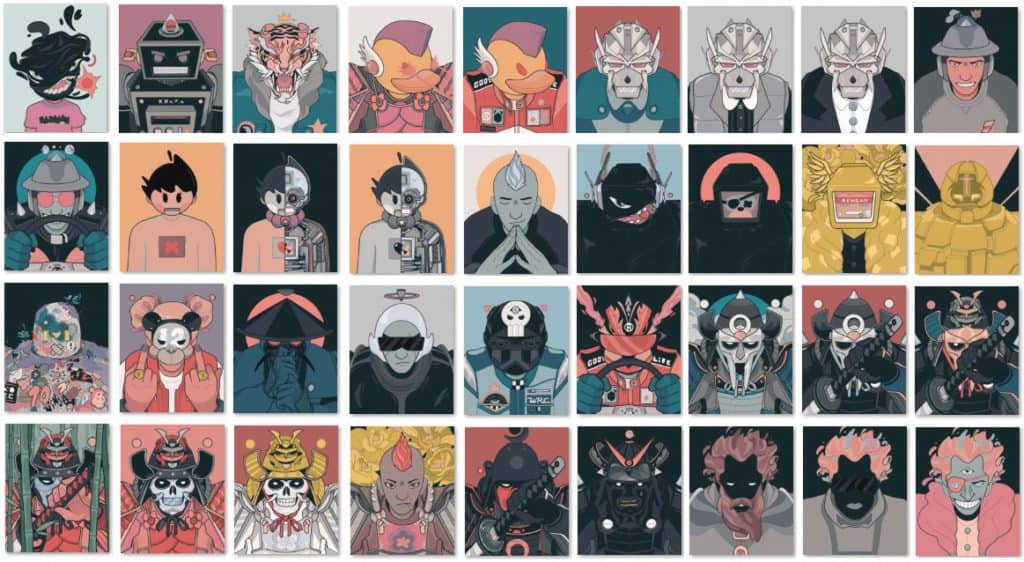
Sticking partly to the tried-and-tested PFP formula, Renga is a collection of 10,000 character-based PFPs, constructed from hand-drawn components. Or at least, there’s the potential for 10,000 PFPs, but Renga used a novel reveal process–which we’ll come to in the next section–and not all of the PFPs have been activated, meaning there are currently around 8,500 items.
The PFPs themselves are front-facing, have a clear manga/anime influence, a distinctly muted palette, and are definitely on the more artistic side of the big PFP collections. Renga has ten different categories, or archetypes, and there are also a small number of rare 1/1s.
Among the archetypes, Ninja and Samurai have proven to be very popular. However, a factor that sets Renga apart is the sheer visual diversity within the collection and its traits, and there are buyers searching for particular archetype/trait combinations just because they like how they look.
How Did Renga Launch?

To get the full Renga backstory, we have to start in March 2022, when an art/illustration collection called The Art of Seasons (TAOS) was minted. Visually, these pieces are recognizably similar to Renga, but rather than being PFPs, they depict scenes relating to the four seasons.
TAOS NFTs were picked up by buyers who appreciated the style, but the drop didn’t at first garner wider attention. Then, the creator behind the collection, Daniel Isles, announced that holding TAOS would grant access to a future project, Renga. Some curious collectors researched the artist’s background, word spread that whatever was coming might be something special, and interest started to grow.
Black Boxes
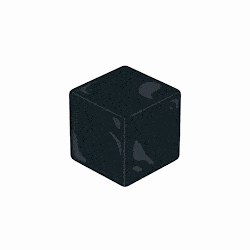
There followed a long wait, during which Renga’s creator dripped sneak peaks of the designs he was working on. Then, in June, a new NFT was airdropped to TAOS holders, not yet a PFP, but instead, a mysterious Black Box.
There was then another wait until the beginning of September, when the Black Boxes could be utilized, and shortly after that Renga really took off, thanks to a novel launch mechanism: Black Boxes can be opened to reveal Renga PFPs, but this exchange can be done at a time of the holder’s choosing. This resulted in an extended reveal process, a lot of excitement and attention, and a market in both Renga PFPs and Black Boxes, with plenty of degens paying over the Renga floor price for a Black Box, in the hope that it might contain something rare.
What’s more, this was all happening in the depths of a painfully dragged-out bear market that had sucked the life out of the NFT space. Somehow though, Renga was thriving, prices were going up, and there were positive vibes in the air again.
Who Created Renga?
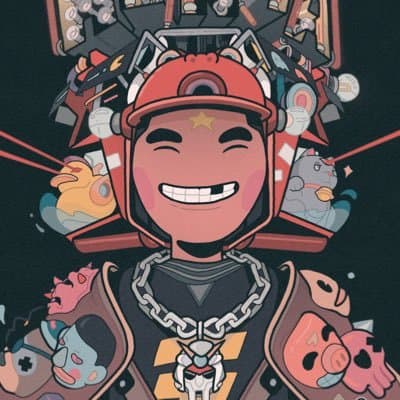
The Renga collection, along with The Art of Seasons, is the work of an illustrator named Daniel Isles, who is also known as Dirty Robot. Originally from the UK, Isles is based in Japan and has produced a two-volume graphic novel called Joyama, so the manga flavor to his work makes sense.
A part of Isles’ career history that helped drum up interest after the TAOS drop was spotlighted when NFT collectors checked his collection of 1/1 artworks on SuperRare, and found beautiful work along with some big sales.
What Can I Buy?
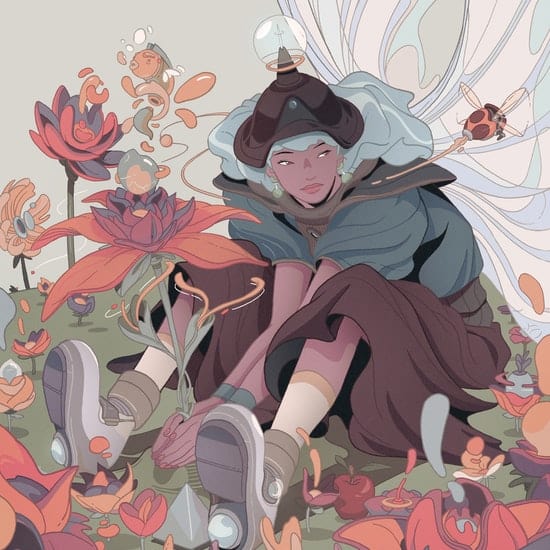
The main collection is Renga, so if you want in on the project, then pick something from its incredibly varied range of PFPs, or alternatively, there are almost 1,500 Black Boxes still to be unpacked. Since Black Boxes might contain something rare, the floor price on those is higher than the floor on Renga itself.
The origin project is The Art of Seasons, which looks great artistically and is a lot cheaper than Renga. TAOS is described as serving as an access pass to artwork by Dirty Robot, but it’s separate from Renga.
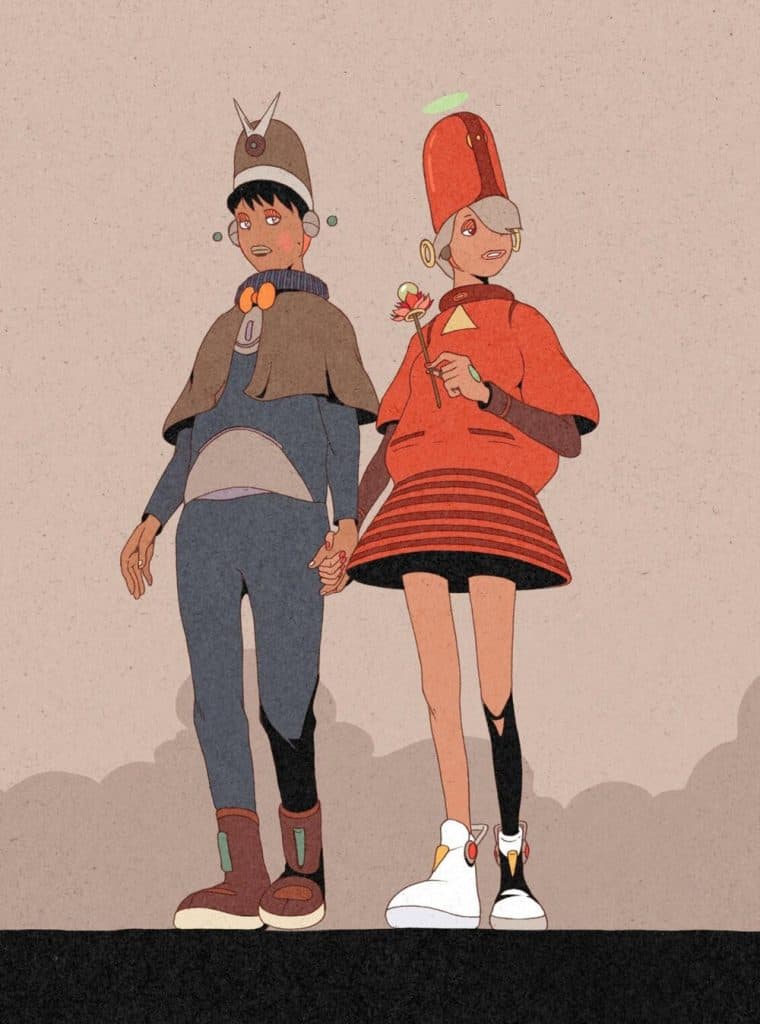
Also away from Renga itself, there are, as mentioned, 1/1 artworks by Daniel Isles on SuperRare, with last sale prices ranging from 10 ETH right up to 36 ETH. You can also find Dirty Robot pieces in the Ether Cards collection, although at the time of writing there are only two listed for sale.
When it comes to collaborations, Isles has produced original work with several other NFT projects, including Pixel Blossom, The Memes by 6529, and Omnimorphs.
Future Plans
Renga deliberately chose to have no roadmap, and tends not to play the typical NFT hype game. Dirty Robot has tweeted about artility, which I interpret as meaning that good art is the purpose in itself.
This is definitely a cool approach, and means Renga has succeeded on the quality of its product. On the other hand, though, there are periods when communication from the team is minimal, and it’s sometimes unclear what’s happening behind the scenes.
Flying Circuit
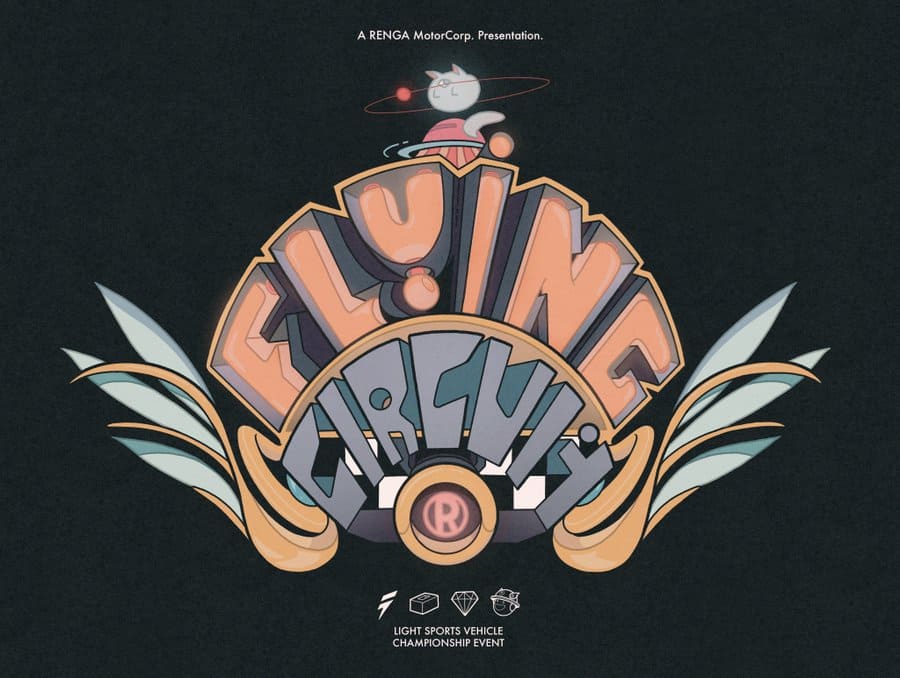
The Renga habit is to hint at plans through enigmatically dropping artwork on Twitter, and then leaving people guessing. Some of the advance peeks look like manga and can be pieced together into stories, which all adds to the mystique, as long as you’re patient.
The panels being released at the moment are related to sports cars and racing, and date back to a tweet at the end of last December for something called Flying Circuit, presented by Renga MotorCorp. This ties in with the Motor Corp PFP archetype, which features racing drivers among its characters.
There’s plenty of speculation, but it’s still not known what exactly is being planned. This approach, though, is the Renga way, and holders seem content to wait, which sums up another part of why Renga is unique: when the purpose is artility, buyers who value the design and aren’t in any hurry have been consistently rewarded.

